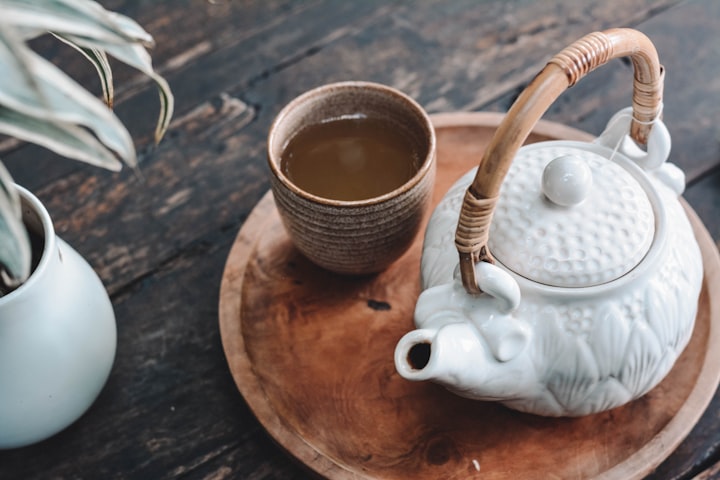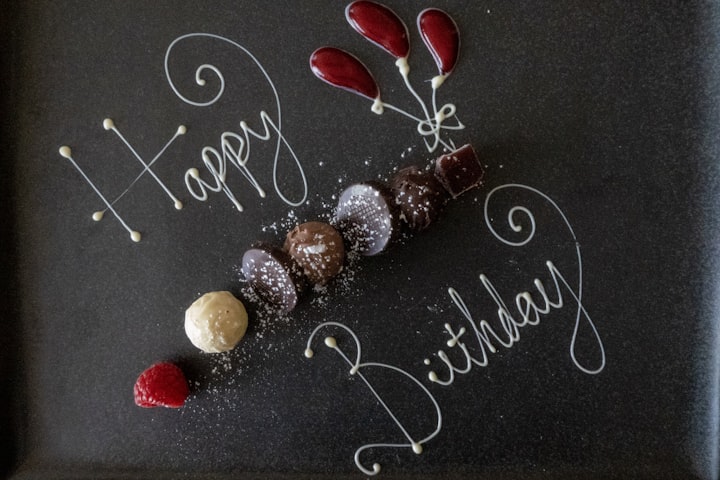Piaz Pudina Poor Kabab
A pan fired Kebab with mint and onion filling. Have a bit of history and deliciousness at the tea party!

Indian subcontinent was reigned by the Sultanate and Mughal Empire. Both empires were dominated by the Persians and Northern Persians moved to India which was then called Varat hence the Persians and the Arabs brought their cultural practices with them. In course of time the settlers adapted to local cultures and the host cultures adopted the fashion, arts and the food culture of the settlers. Together a new form of culture was created and this generated a whole new cuisine known as Indo-Persian cuisine.
It is important to state that the Mughal Empire was also dominated by the Arab culture and what is known as Mughlai food today has many Arab influences. Since these two empires had certain things in common, both Indo-Persian food and Mughlai food can be seen as one or can be confused as one. Nevertheless these recipes are unique to the subcontinent and many recipes have stories behind them that make them special or interesting.
The Indo-Persian rule was liberal and we understand from the diaries of the independent globe trotters, from the parchments and tablets and from the passed on stories that there was a great enthusiasm in creating architecture, fashion, arts and cuisine by bringing the high arts, folk cultures , Arab and Persian cultures together. Today the world see the Tajmahal as an awe and it is the proof of that era of enthusiasm and the intellectual movement in the subcontinent included people of all faiths including Muslims, Hindus, Christians, Sikhs and Jews. This was disturbed by the political events such as the British Empire and the empire saw the scientific and artistic approach in the food culture as an insignificant practice. The continual of developing the agricultural and horticulture activities was stopped and often the experiments such as creating breeds of mangoes or roses were seen as trivial practices. The empire was interested in growing cotton and blue for England. The chefs who were seen as the Godly people became the low paid third class citizens.
Many recipes are still practiced from that era and often served at weddings and parties. However we don’t see them in the western restaurants as the western restaurants serve local versions of Indian food. They often use the titles of the Indo-Persian food but do not prepare them using the original recipes, spices, flavourings.
These dishes and snacks are a part of the heritage and they are a statement of a group of nations who were once proud and now are surviving hundred years of exploitation. By preparing these food the parents pass on a little of the history to the future generations so that they would never forget that it isn’t the British Empire that taught their ancestors on how to read and write, a civilisation then already existed.
Shami Kabab is a snack or a first course that was created in this subcontinent that is made in a pan instead of the barbecue. It is a combination of Persian or Arab Kofta balls, local spices, forms of local patties thus a totally new creation.
Shami kabab then took different forms, depending on the regions. The Bengal province has quite a few versions such as Chapli Kabab, Piaz Pudina Poor kabab, Kacha Keema Kabab etc.
I am giving you Piaz Pudina Poor Kabab. It means Kabab filled with onions and mint. It is a family favourite and it is not found in UK restaurants. This kabab is served in house parties, as a weekend treat and buffets and it is the onion filling that makes it so appetising. If you don’t like onions, this kabab may change your mind.
Let’s make the Kababs
You can make this with both lamb and beef however Shami kabab is made with beef in East Bengal/Bangladesh and with lamb in West Bengal, Northern India and in Pakistan.
Get the Asian mint or Pudina which are found in South and East Asian stores. They are also found in Persian stores. If you can’t manage them, use the regular mint, you may add a bit of rosemary to bring out the fragrance the Asian mint has.
Ingredients
FOR THE KABAB MIXTURE
Mince beef or lamb 500 g
One onion, 5/6 of large garlic cloves, ½ inch of ginger; blended to a paste in a food processor or by a pastel and mortar
Roasted Cumin powder 1 tsp
Coriander ½ tsp
Garam Masala 1 tsp
All Spice 1 tsp (or ½ tsp of mace, cardamom powder and ¼ tsp of nutmeg powder)
Cinnamon 1 tsp
Black Pepper 1 tsp
Salt to taste/ 1 tsp
Chopped green chilli (amount depends on according to your preference. ½ a green chilli will make it a mild kabab)
Onion: 1 chopped for Fried onions or Beresta (this will be explained later)
Chopped parsley and coriander: about a cup
1 large egg yolk
Rice flour or bread crumb: 1 cup
Oil: 2 tbsp
FOR THE FILLING
Two large onions, finely julienne, you can use a food processor blade for slicing the onions
Finely chopped mint
Sprinkle of salt and sugar
FOR THE FINAL STAGE
Beaten egg white that was separated for the kabab mixture
Oil for deep frying
Oil: 2 tbsp
METHOD
1. Using the two tbsp of oil fry the chopped onions until they are brown and crispy. This is called Beresta. It is important that you make them really brown. Remove the onions and drain them on a kitchen paper.
2. Using the remaining oil for the filling, fry the julienne onions and the mint over low heat. Sprinkle a little salt and sugar. Fry until the onions are cooked but do not make them brown. You know it’s ready when the onions and mint has reduced in volume and they are just about to get brown.
3. Add the fried onions or beresta, the spices, salt, the chopped herbs for the kabab mix to the mince and fold. Add the garlic, ginger and onion paste, the rice flour or bread crumb and the egg yolk. Using your clean hand, mix very well, as if you are kneading the mince. You can wear gloves.
4. Now wash your hands and get ready for shaping the kababs. Put the ingredients in order, this will make the task easy and fast. So put the bowl with the kabab mixture on your far right, then the onion and mint filling mixture with a tea spoon, then the beaten egg white, then on the far left place a flat tray or a plate to place the kababs. Reverse the order if you are left handed. Put the two tbsps of oil we have for the final stage on a saucer and place it in easy reach.
5. Now rub some oil on the palms of your hands or use gloves. Take a bit of the mince mixture and using the palm of your hand make a rough ball. Just about the size of a tennis ball and place the ball on your left palm. Using the right index and middle finger make a whole in the middle of the ball. Using the tea spoon put some fried mint and onion mixture. Now using the right hand close the ball by bringing the mince meat mixture together. Using both palms flatten the Patties and dip it in the beaten egg whites lightly and place it on the tray. Continue the process, you may need to dab your hands on the oil again to avoid having the meat sticking on your palms.
6. Leave the kababs in the fridge for 30 minutes to settle. You can leave them overnight if you like, this makes things easier on the day you are entertaining. Resting the kababs will make them taste better as the spices will settle with the meat properly.
Note: If you have a limited space in the fridge and a tray does not fit in, cut baking papers as the size of the plate you are using which should fit in the fridge. Now when you have placed the kababs on the flat plate and it is full, put the piece of the baking paper of the top of the kababs and start placing the rest of the kababs on the top of the baking paper. You can create tiers of kababs by using this method. When you are finished, top it with the last piece of baking paper and cover it with cling film.
7. Using an electric or manual fryer, deep fry the kebabs. Heat the oil up to 290 degrees and lower the heat to 190 when you have immersed the kababs in the oil. Turn them over after frying for 5/6 minutes on one side and fry for another 5/6 minutes. How long you fry depends on how big you have made your kababs. You would have to use common sense based on the size and the thickness of the kababs.
Serve them with yogurt and mint sauce, sliced cucumbers, tomatoes and onions with a bit of olive oil brushed on them. Indian Paratha goes well with this as a part of a main meal.
These kababs are good for freezing.
Note: Both Kebab and Kabab are right spellings, depending on the cultures.
About the Creator
Shanta Sultana
I am a writer, I was trained in Patisserie at West Kings College London. I have been a Chef and I have received academic awards from the University of Greenwich and from Southampton City College.






Comments
There are no comments for this story
Be the first to respond and start the conversation.